Overactive Bladder Diet Planner
Track Your Fluid Intake
Enter your daily fluid consumption to see if it aligns with recommendations for managing overactive bladder symptoms.
Identify Dietary Triggers
Select foods and drinks that might worsen your symptoms:
Calculate Magnesium Intake
Enter your daily magnesium intake from food sources:
When an overactive bladder makes you rush to the bathroom every few hours, the first thing you think of is probably medication. But what if the kitchen could be a part of the solution? Below you’ll learn how the right foods, drinks, and timing can calm a hyper‑active bladder and give you back some normalcy.
TL;DR - Quick Takeaways
- Cut caffeine, alcohol, and artificial sweeteners - they irritate the bladder.
- Limit fluids before bedtime to reduce nighttime trips.
- Boost magnesium and probiotic intake; both support muscle relaxation and gut‑bladder balance.
- Choose low‑acid, high‑water‑content foods like cucumber, watermelon, and apples.
- Combine diet changes with pelvic‑floor exercises for the best results.
What Is Overactive Bladder?
Overactive Bladder is a condition marked by a sudden, frequent urge to urinate, often accompanied by leaky episodes (urge incontinence). It affects roughly 16% of adults worldwide, and the prevalence rises with age, obesity, and certain medical conditions such as diabetes.
The bladder itself is a muscular sac that stretches to store urine and contracts to empty it. In OAB, the detrusor muscle contracts too often or at too low a volume, making the brain think the bladder is full even when it isn’t.
Why Diet Matters
The foods and drinks you consume interact directly with the bladder’s lining and the nervous system that controls it. Certain compounds act as irritants, triggering extra contractions, while others provide minerals that help the muscle relax.
Think of the bladder as a drum. Some foods are like a heavy stick that makes it pound harder; others are like a gentle mallet that keeps the rhythm steady.
Key Dietary Triggers
Below are the most common culprits that can worsen OAB symptoms.
- Caffeine is a diuretic and bladder stimulant found in coffee, tea, soda, and energy drinks. Even a single 8‑oz cup can increase urine production by up to 30%.
- Alcohol suppresses the hormone that concentrates urine, leading to larger volumes and more frequent trips.
- Artificial Sweeteners (aspartame, saccharin, sucralose) may irritate the bladder lining in sensitive individuals.
- Highly acidic foods - citrus, tomatoes, and vinegar‑based sauces - can cause a burning sensation that mimics urgency.
- Spicy foods and hot peppers stimulate the nerves that feed bladder signals, intensifying the urge.
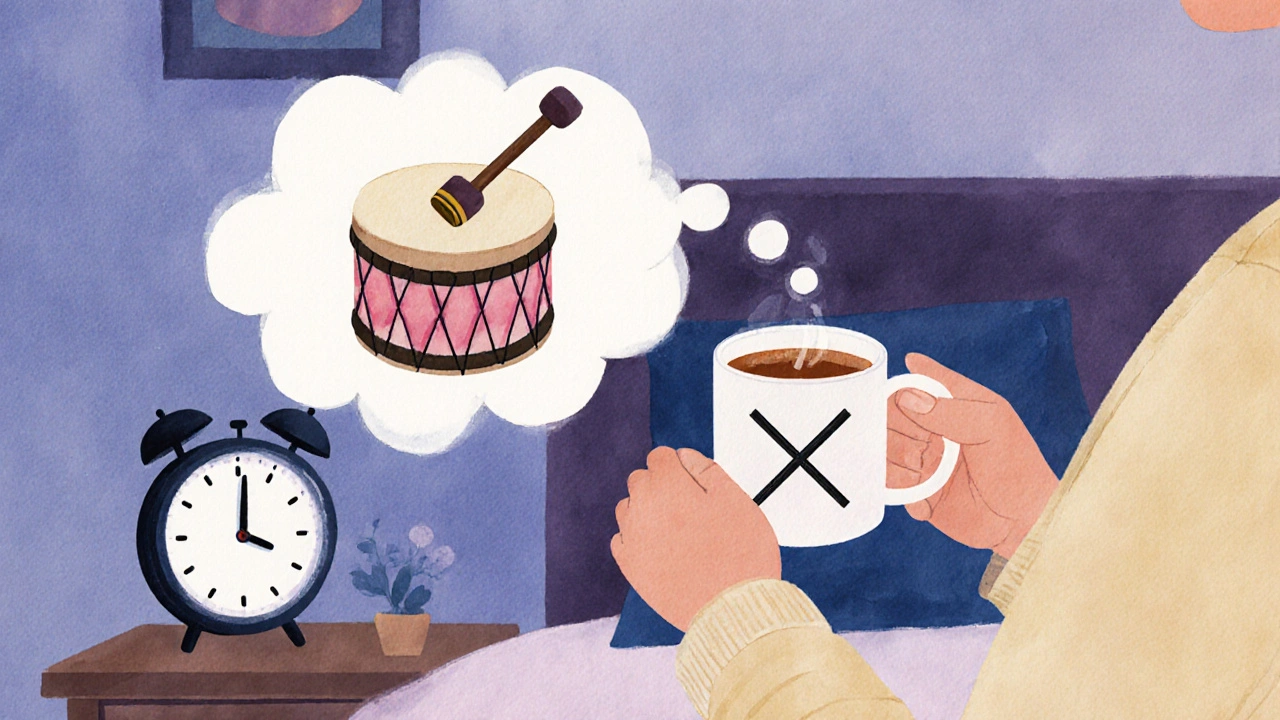
Supportive Foods & Nutrients
Not every food is neutral. Some actually help the bladder relax or improve gut‑bladder communication.
- Magnesium is a natural muscle relaxant. Good sources include leafy greens, pumpkin seeds, almonds, and black beans.
- Probiotics promote a healthy microbiome, which recent studies link to reduced urinary urgency. Yogurt, kefir, and fermented vegetables are easy options.
- High‑water‑content fruits and veggies (cucumber, watermelon, celery, apples) provide fluid without overloading the bladder.
- Whole grains and fiber keep bowel movements regular, reducing pressure on the bladder.
Managing Fluid Intake
It’s not about drinking less overall; it’s about timing and type.
- Spread your water consumption evenly throughout the day.
- Aim for 1.5-2L of total fluids, adjusting for activity level and climate.
- Cut back 2-3hours before bedtime to lower nocturia.
- Choose water or herbal teas over carbonated or caffeinated drinks.
Sample Daily Meal Plan for an overactive bladder diet
| Time | What to Eat | Why It Helps |
|---|---|---|
| Breakfast | Oatmeal topped with sliced banana and a sprinkle of pumpkin seeds | Fiber keeps bowels regular; magnesium from seeds eases bladder muscles. |
| Mid‑morning | Herbal mint tea (caffeine‑free) and a small apple | Low‑acid fruit; tea adds fluid without irritants. |
| Lunch | Grilled chicken salad with mixed greens, cucumber, quinoa, and olive‑oil vinaigrette | High‑water veggies and lean protein avoid bladder stress. |
| Afternoon snack | Greek yogurt with a spoonful of live‑culture kefir | Probiotics support urinary health. |
| Dinner | Baked salmon, steamed broccoli, and sweet potato | Omega‑3s reduce inflammation; sweet potato offers complex carbs without spikes. |
| Evening | Warm chamomile tea (no honey) - 1cup | Chamomile is soothing and caffeine‑free. |
Beyond the Plate - Lifestyle Tips
Diet works best when paired with other bladder‑friendly habits.
- Pelvic‑floor exercises: Regular Kegels tighten the muscles that control urine flow.
- Bladder training: Gradually extend the interval between bathroom trips to increase capacity.
- Weight management: Losing even 5% of body weight can lower bladder pressure.
- Avoid tight clothing that compresses the lower abdomen.
Common Pitfalls & How to Fix Them
Many people stumble early on. Here’s what to watch for.
- Thinking “no caffeine” means no coffee. Decaf coffee still contains small amounts of caffeine; switch to herbal alternatives.
- Cutting fluids too much. Dehydration can concentrate urine, making irritants more potent. Aim for steady intake.
- Skipping meals. An empty stomach can increase stress hormones, which worsen urgency.
- Relying on one “miracle” food. OAB improves with a balanced plan, not a single supplement.
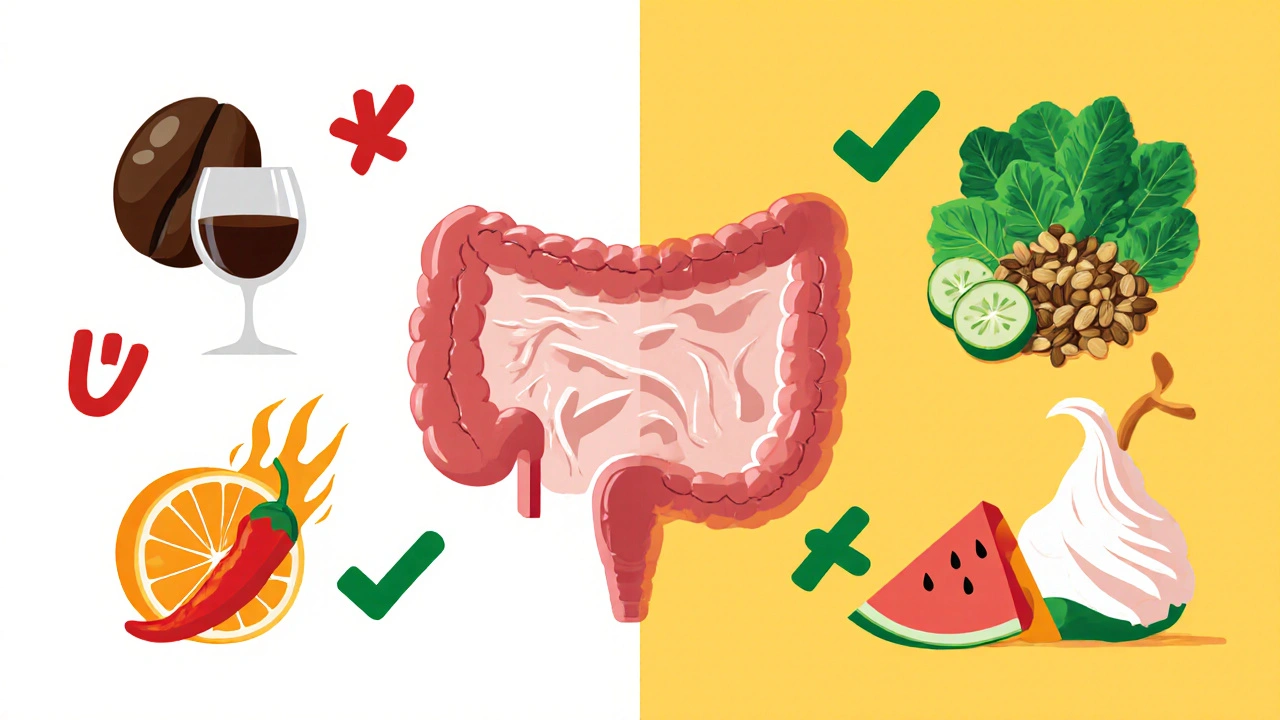
Frequently Asked Questions
Can drinking water make OAB worse?
Water itself isn’t the problem; it’s how much you drink at once and when you drink it. Sipping steadily throughout the day hydrates the body without overloading the bladder, while limiting fluids a few hours before sleep reduces nighttime trips.
Is it safe to eliminate coffee completely?
Yes, for most people. If you’re a heavy coffee drinker, taper down gradually to avoid withdrawal headaches. Replace it with herbal tea or warm water with a slice of lemon (if citrus isn’t a trigger).
Do probiotics really help bladder symptoms?
Emerging research suggests a healthy gut microbiome can influence bladder signaling pathways. Regular consumption of live‑culture yogurts or kefir has shown a modest reduction in urgency episodes for many patients.
What’s the best amount of magnesium per day?
Adult men need about 400mg and adult women about 310mg. Getting 200-300mg from food (leafy greens, seeds, nuts) plus a modest supplement if needed can aid bladder muscle relaxation.
Should I avoid all fruits because they contain sugar?
Not at all. Whole fruits provide fiber and water, which help dilute urine. Choose low‑acid options like berries, melons, and apples, and watch portion size if you’re sensitive to sugar spikes.
Changing what you eat won’t magically cure an overactive bladder, but it can shave hours off your daily bathroom marathon. Pair these dietary tweaks with bladder training, and you’ll likely notice fewer urgent trips, fewer leaks, and a calmer night.
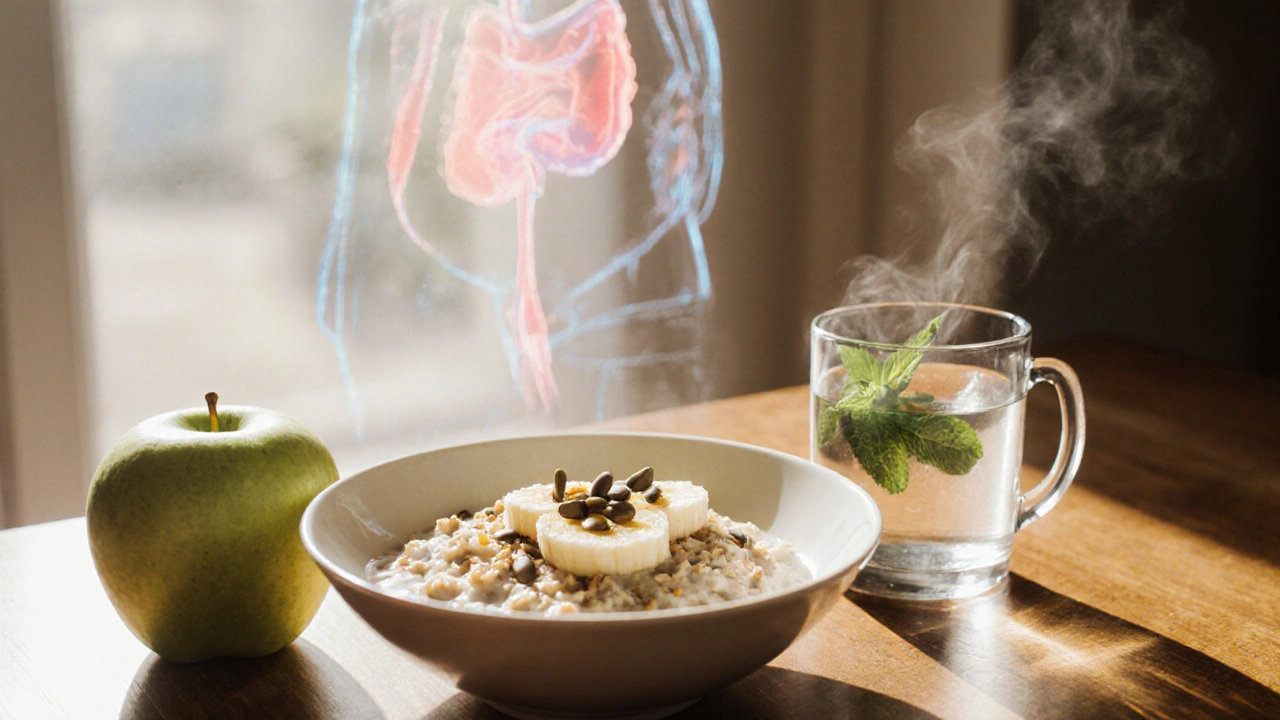
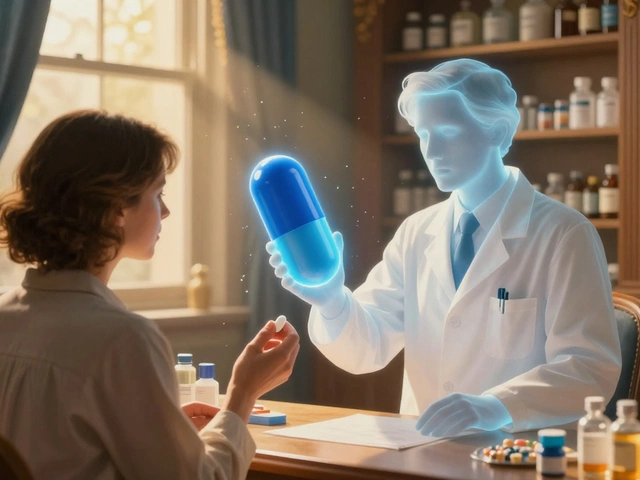
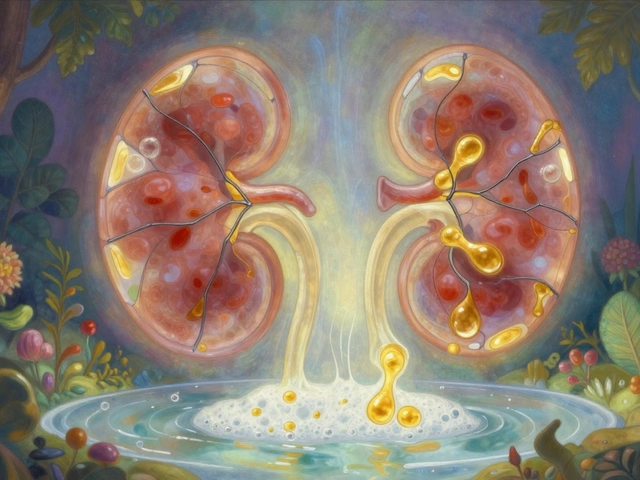
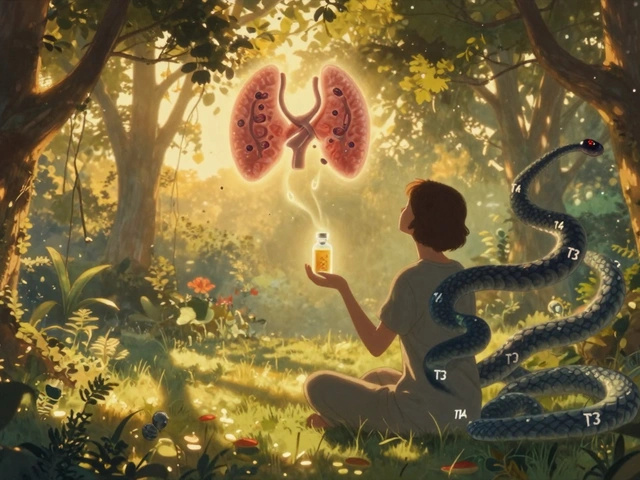
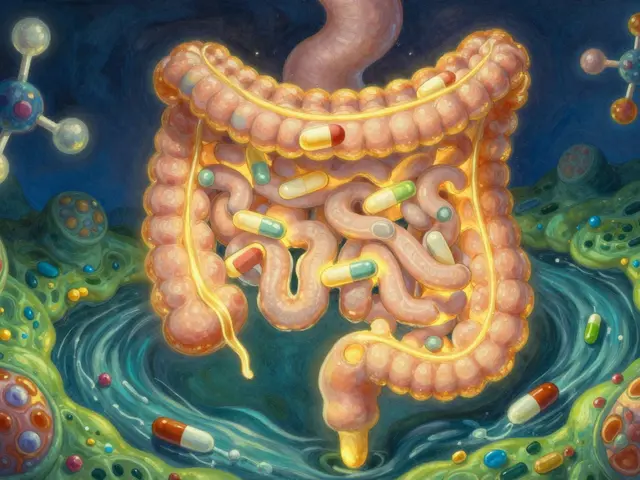


Comments
Mark Quintana
30 September 2025I've been trying to cut back on coffee and it does seem to lessen the urgency a bit, but I'm still waking up twice a night.
Brandon Cassidy
11 October 2025It's interesting how fluid timing before bed can impact nocturia; aligning intake with the body's natural rhythm might help reduce those early-morning trips.
Taryn Esses
21 October 2025Less soda, more water, seems to work.
Albert Lopez
1 November 2025The guide overlooks the role of individual metabolic differences; a one-size-fits-all fluid recommendation is academically unsound and clinically negligent.
Halle Redick
11 November 2025Great rundown! Remember, staying consistent with magnesium-rich foods like spinach and pumpkin seeds can really smooth out bladder spasms.
Erica Harrington
22 November 2025Stick to the plan, track your intake daily, and you'll notice the difference-your bladder will thank you for the consistent care.
Patricia Mombourquette
2 December 2025actually it's "citrus fruits" not "citrouss fruits"
karl lewis
13 December 2025While the interactive calculator is a commendable addition, its simplistic algorithm fails to account for the nuanced pharmacokinetics of caffeine metabolism in diverse populations.
Max Canning
23 December 2025Yo, start logging those drinks and you'll catch the sneaky triggers fast-trust me, your nights will get way less crazy.